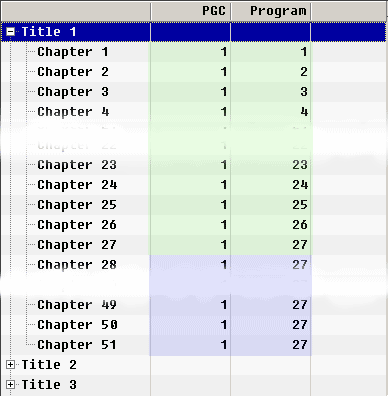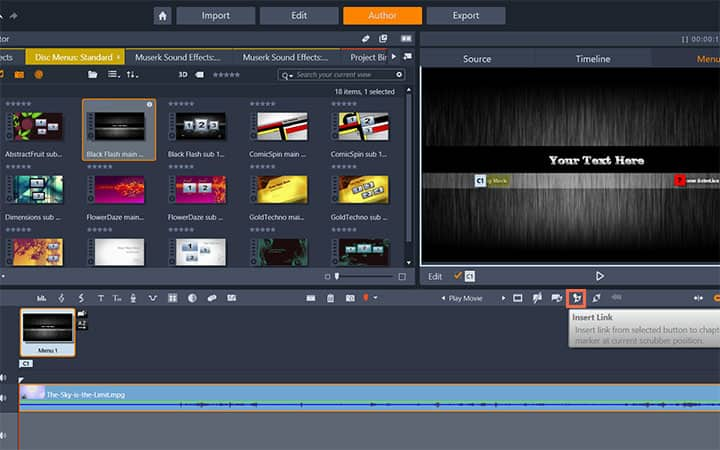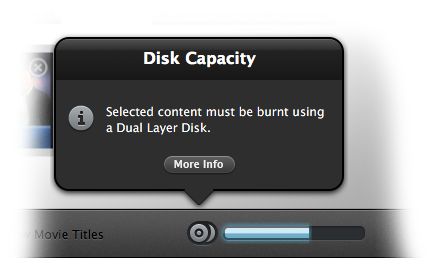

The feeling of an increased story’s pace can be especially strong if emotional anticipation is built up by the break. That shift might be from one scene or point of view (POV) to another, or it might be an emotional shift (like a mini-cliffhanger) that we want to give readers room to process.Īt the same time, the visual break and sense of turning pages faster (due to the half-page formatting) can make our story’s pace feel faster. The point of a chapter in fiction is to create a visual break that can signal a shift to readers. However, before answering that question, we might first need to understand why stories are broken into chapters at all. In fact, the most common question I’ve seen about chapters is “How long should a chapter be?” How do we decide on chapter length when there’s no non-fiction style change in topic, as our book is all one coherent story (we hope)? But things aren’t as clear cut with fiction. One chapter is about A and another chapter is about Q. In non-fiction, chapter breaks are usually driven by topic.
#Midvd pro with chapters how to#
But let’s see if we can come up with some helpful suggestions for how to structure chapters and ideas for how to name them.


I’ve written only one story with chapter titles (and I don’t know yet if I’ll keep them when I publish it), so I’m far from an expert. “How does one come up with clever names for the chapters? I’ve seen some novels that are so clever in the way they allude to the story but have no clue how to do it– NOR do I know WHEN to end the story to create chapters.” emailed me with a great question about chapters: This can be surprising to new writers, as chapters form the backbone of our understanding of stories from our lifetime’s perspective as readers. For all the blog posts and books about writing out in the world, there are comparatively few about chapters specifically.


 0 kommentar(er)
0 kommentar(er)
